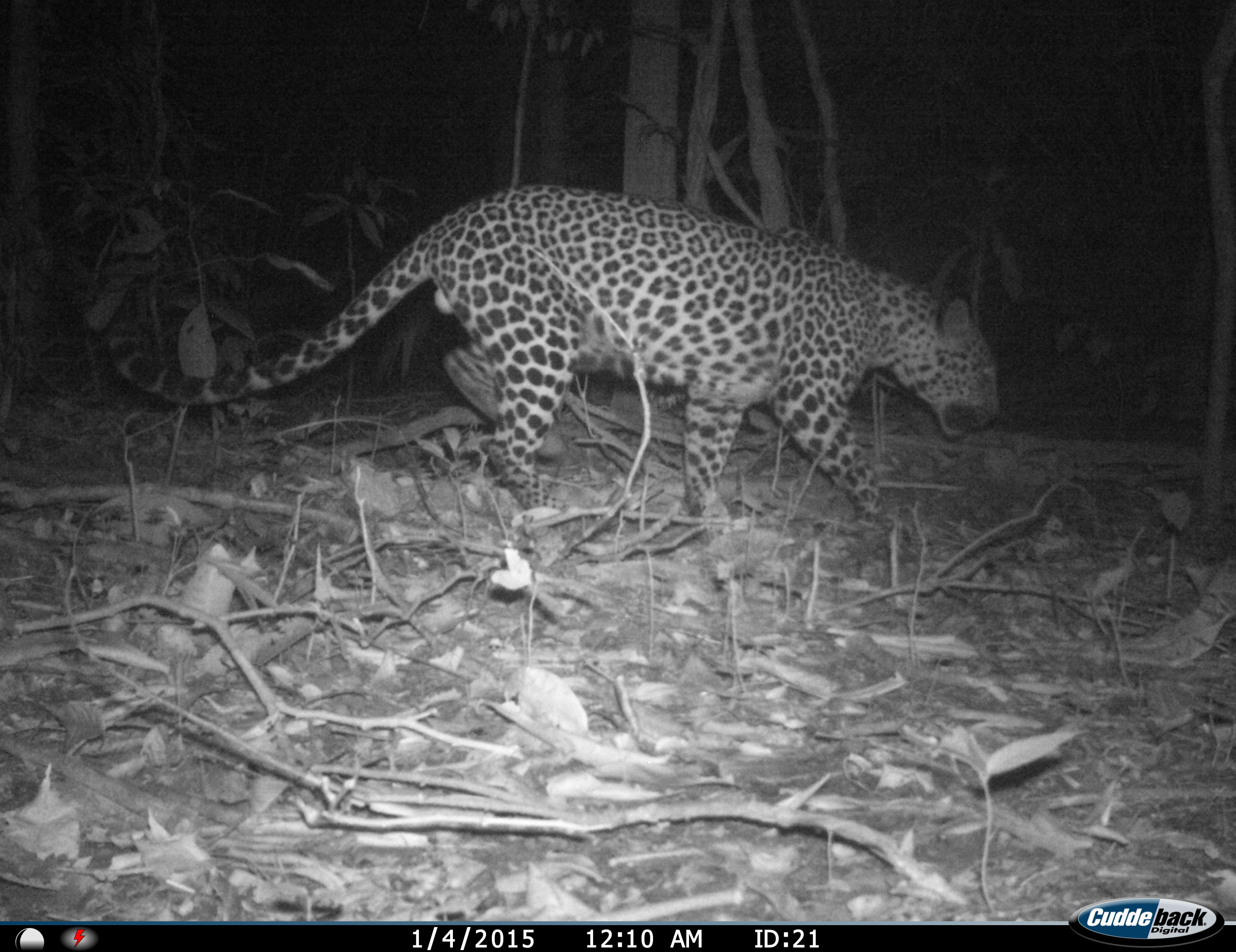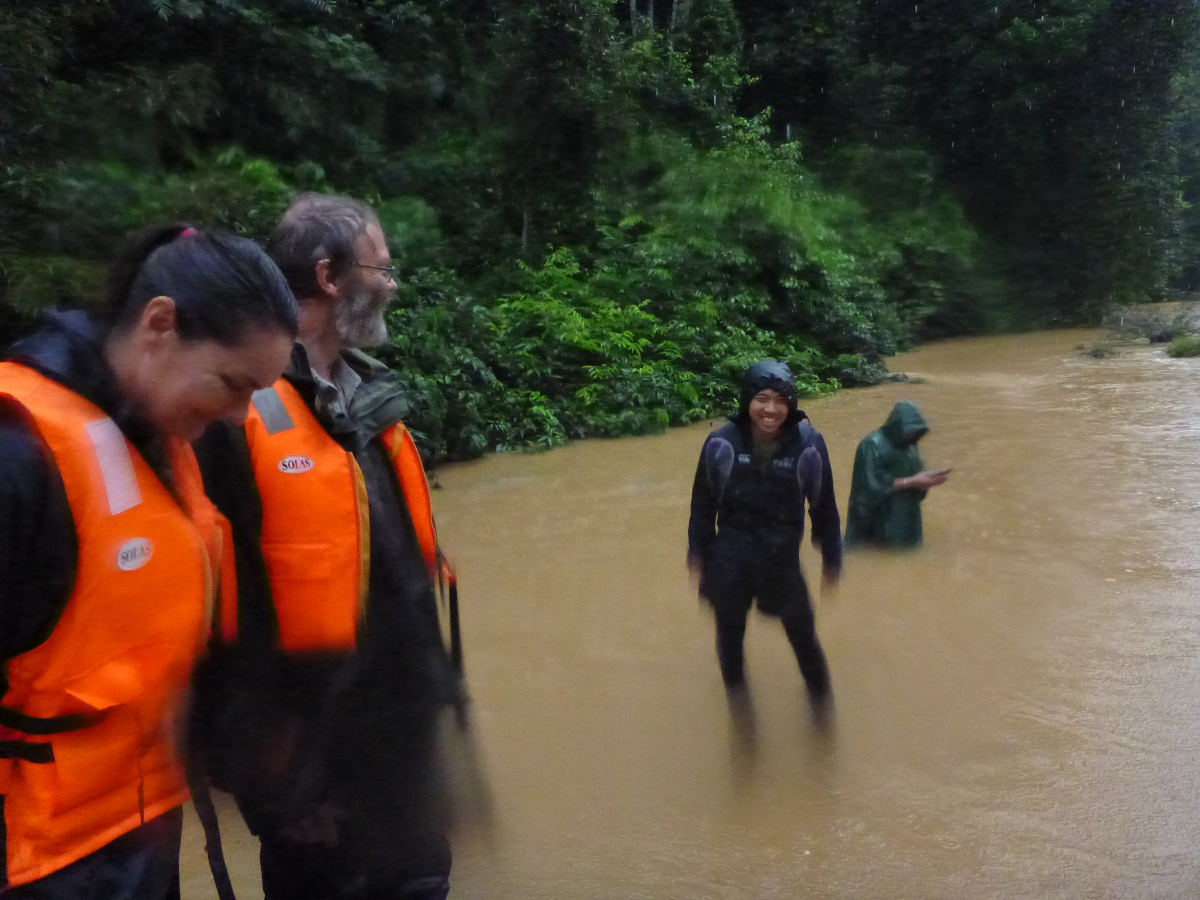News
David Macdonald reports how a leopard, at least in some places, unexpectedly changes its spots
Followers of the WildCRU’s work will know that we have a major project studying clouded leopards, spanning study sites from Nepal to Kalimantan. One very important site is in the jungles of Peninsular Malaysia, in a remote location called Ulu Muda near the Thai border. There, our team is led by the talented and determined Dr Cedric Tan – he needs to be determined because the forest is challenging. Our camera traps, set for clouded leopards, record other species too, and in this case we’ve ‘photo-captured’ leopards too. Of course, we’re interested in the interactions between the leopards and the clouded leopards, but the unexpected thing is that these Malayan leopards have spots. You might not think this surprising for a leopard, but in Peninsular Malaysia it was generally thought that all leopards were black – melanistic – to the south of the Isthmus of Kra (the narrow land mass between Peninsular Malaysia and Southern Thailand). However, in Ulu Muda the two leopards we photographed we conventionally spotted. Why? We don¹t know, but by continuing to plot the whereabouts of spotted versus black leopards, we hope to work it out. Meanwhile, our results have been published in http://tropicalconservationscience.mongabay.com/content/v8/tcs_v8i3_732-737_Tan.pdf.







